Birding: Finding a Christmas Bird Count Near You
Thursday, December 4th, 2014
This is Passport to Texas
Counting birds at dawn during the Christmas Bird Count guarantees you’ll see lots of them. Yet, a big bunch of birds can lead to confusion.
04—Especially if you get into a big flock of robins or grackles; you just have to start estimating numbers. But, it’s really fun when you start getting big numbers of species. You know, you’ve only been out for an hour and you already have 30 species of birds; that’s really fun.
Cliff Shackelford is a non-game ornithologist with Texas Parks and Wildlife. This year’s count is December 14 through January 5.
07—There are over a hundred Christmas Bird Counts in Texas; so, chances are there’s one in existence in your area.
Counts take place inside 15-mile radius circles. Cliff says the best way to find a nearby count is online.
09—Search for Christmas Bird Counts in Texas, and figure out which one is nearest you. Also, you’ll see who the compiler is, and you can get phone number or email and start coordinating with that person.
Compilers act as “captains” of their circles, and relay data from the count back to Audubon, which analyzes it. Birders of all skill levels are welcome.
23—And what they’ll do [if you’re a novice] is stick you with some seasoned vets, and that’s really good because you learn a lot when you’re out in the field with someone whose been doing this awhile. So you go out with this team of observers and you basically beat the bushes and try to see as much as you can see. It’s a lot of fun.
The data volunteers collect help researchers better understand trends as they relate to our feathered friends.
For Texas Parks and Wildlife…I’m Cecilia Nasti.
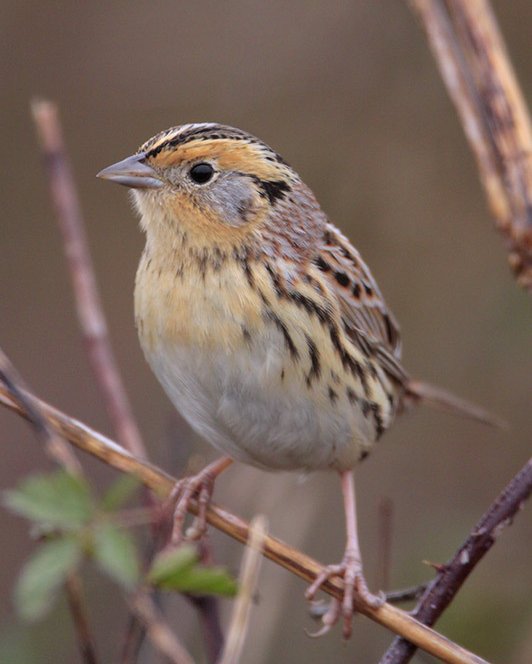

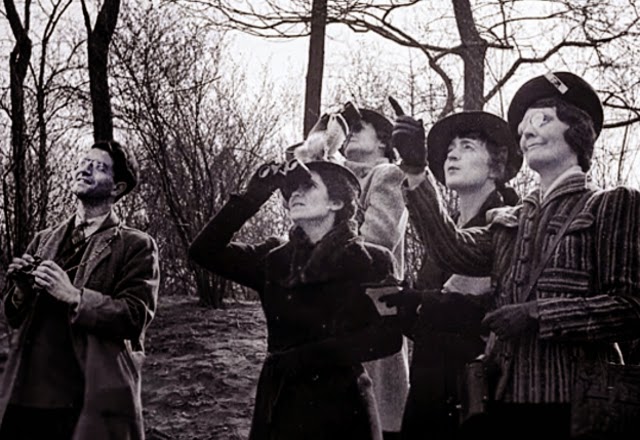
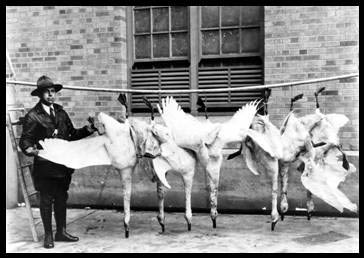
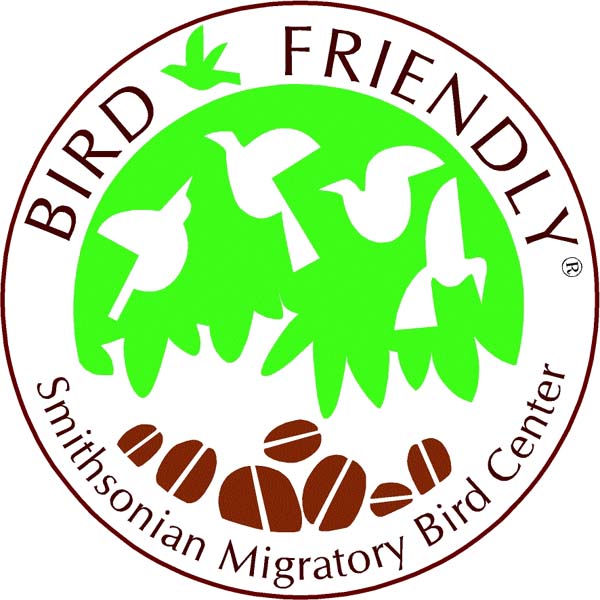
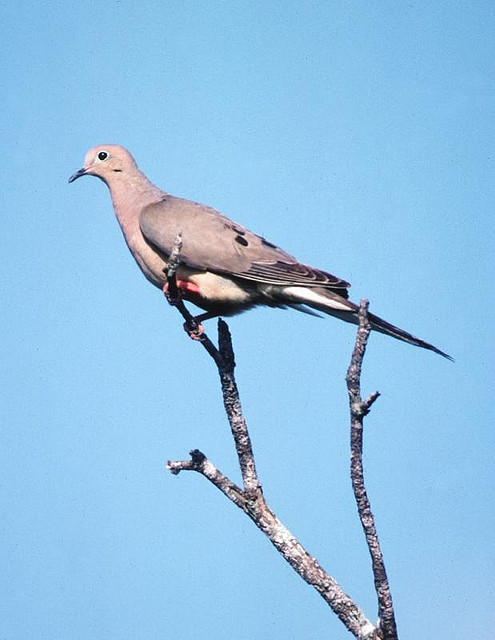

 Passport to Texas is a
Passport to Texas is a  Passport to Texas is made available by:
Passport to Texas is made available by: